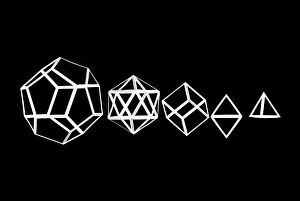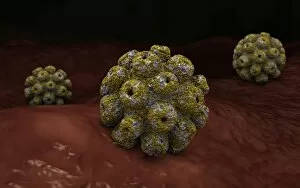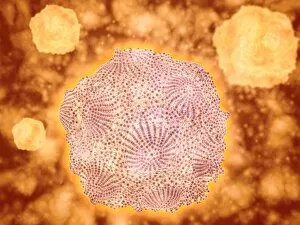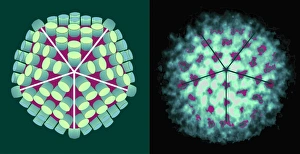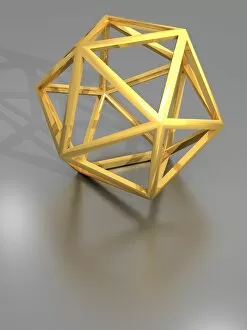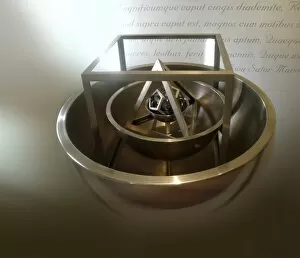Icosahedron Collection
The icosahedron, a captivating three-dimensional geometric shape, has intrigued mathematicians and artists alike throughout history
All Professionally Made to Order for Quick Shipping
The icosahedron, a captivating three-dimensional geometric shape, has intrigued mathematicians and artists alike throughout history. Its symmetrical beauty is showcased in various works such as Johannes Kepler's Harmonices Mundi and Abraham Rees' Cyclopaedia Or Universal Dictionary Of Arts, Sciences And Literature. Dating back to the 16th century, Kepler's depiction of the icosahedron in Harmonices Mundi highlights its significance in understanding the harmony of celestial bodies. This polyhedron with twenty equilateral triangular faces represents a perfect balance between form and function. Fast forward to the early 19th century when Rees included illustrations of geometric shapes like the icosahedron in his dictionary. These visual representations allowed readers to explore mathematical concepts visually, enhancing their understanding of complex ideas. Beyond mathematics and literature, the influence of this shape extends even into scientific research. Microscopic views of viruses like Canine Parvovirus reveal an uncanny resemblance to an icosahedral structure. The conceptual images further emphasize how nature often mirrors these intricate geometrical patterns. As we delve deeper into our exploration of geometry and science, it becomes evident that the allure of the icosahedron lies not only in its aesthetic appeal but also in its ability to connect diverse fields through shared patterns and structures. Whether found within ancient texts or microscopic organisms, this timeless shape continues to captivate our imagination across centuries and disciplines.



